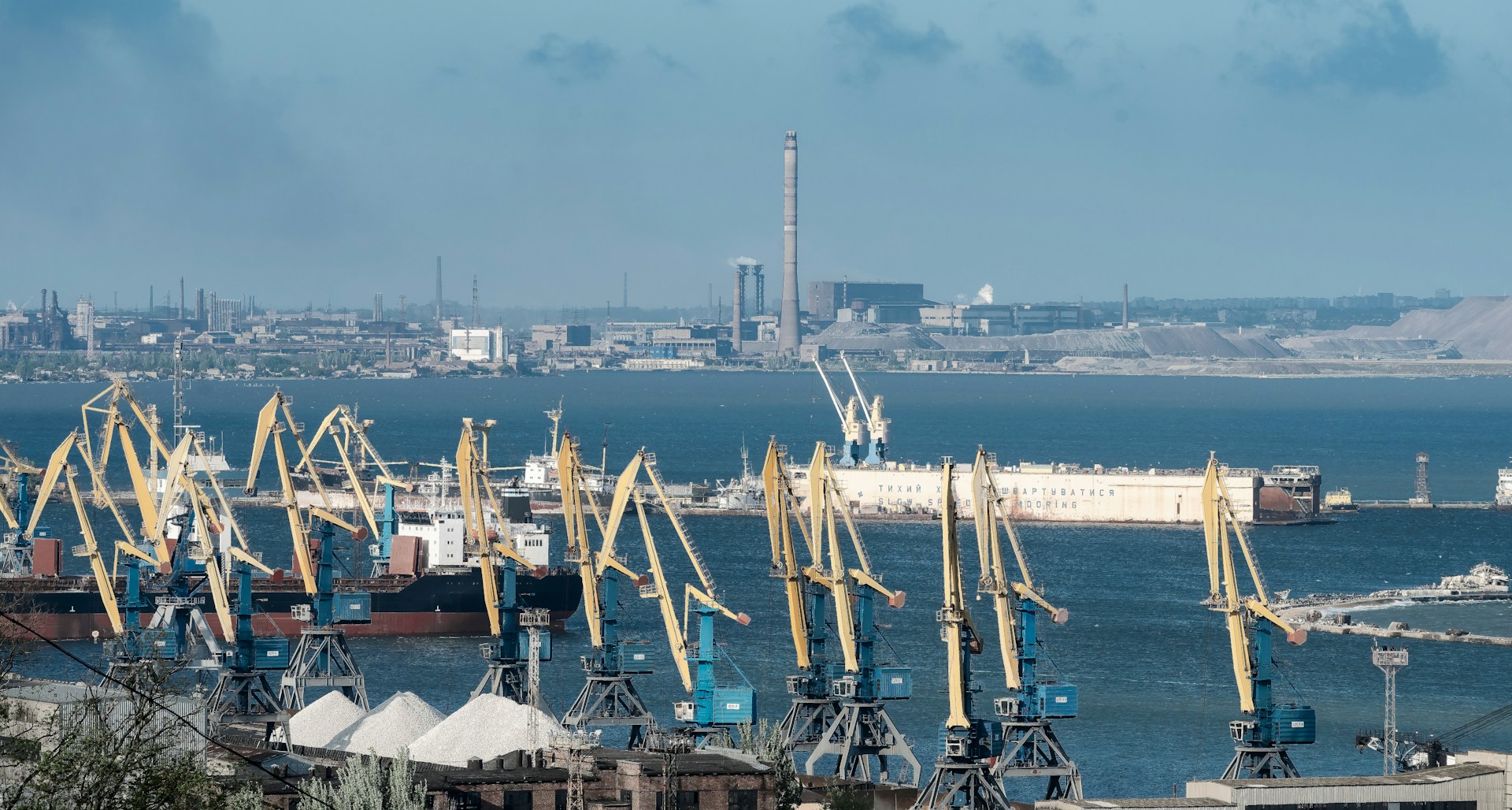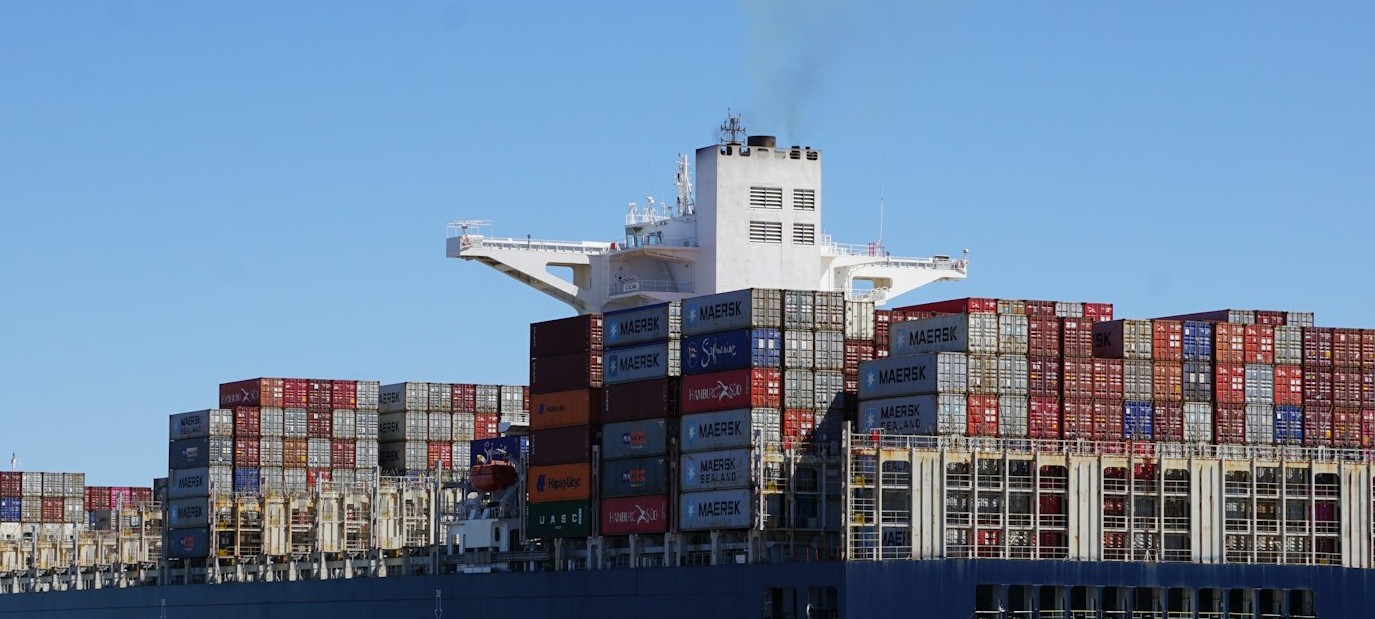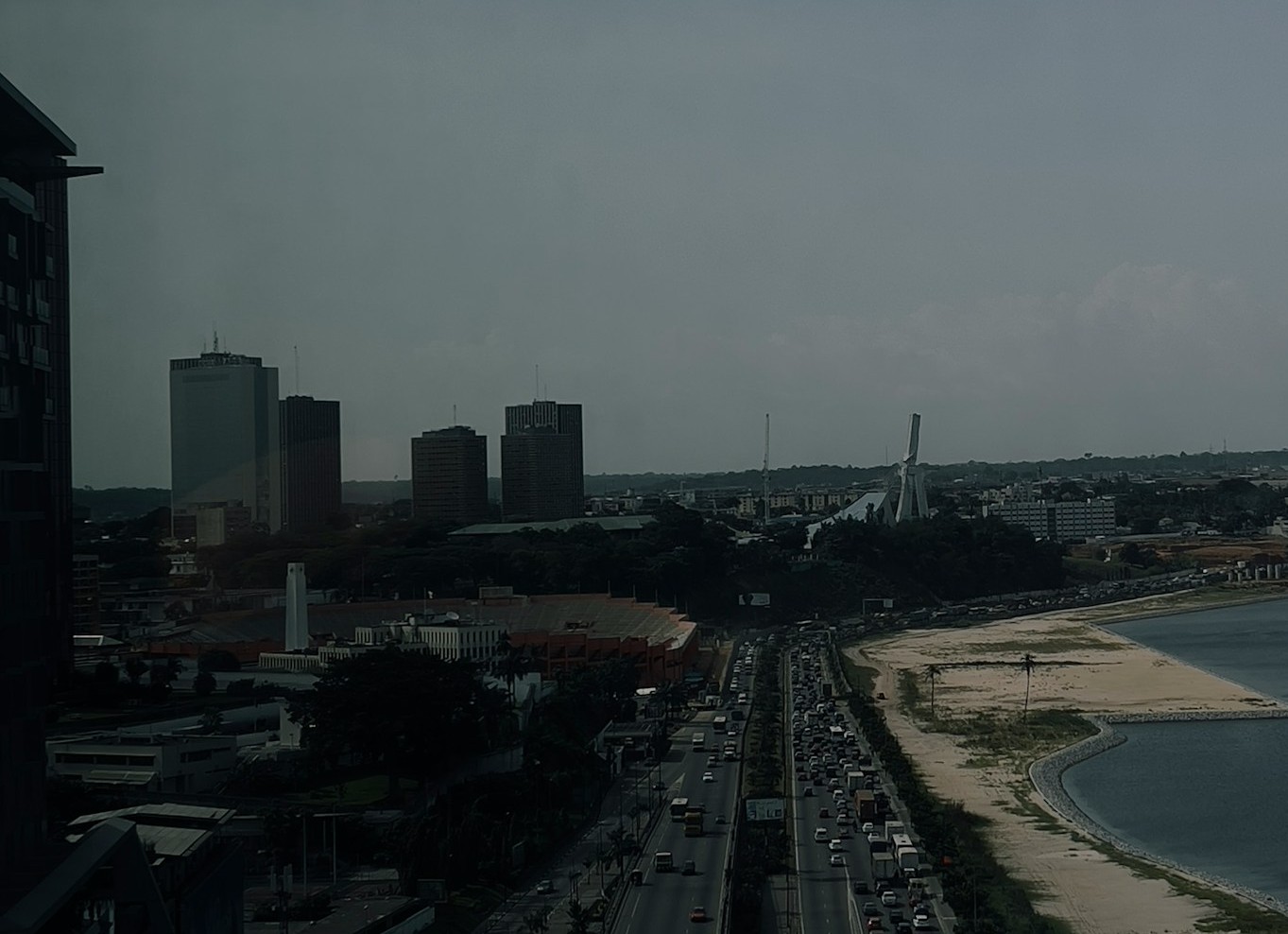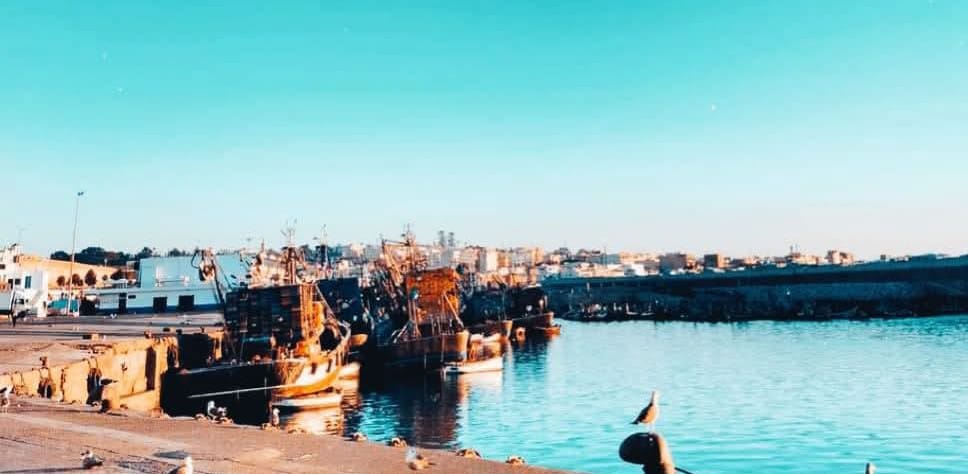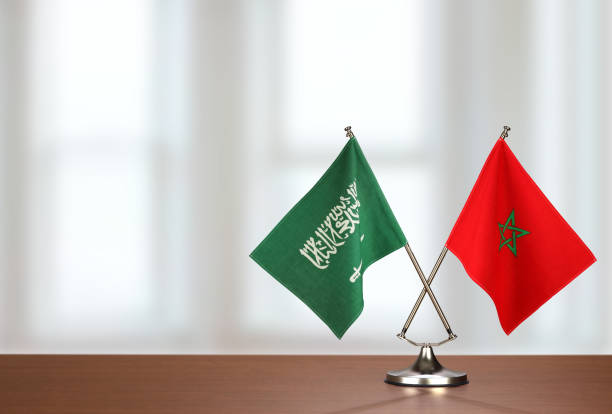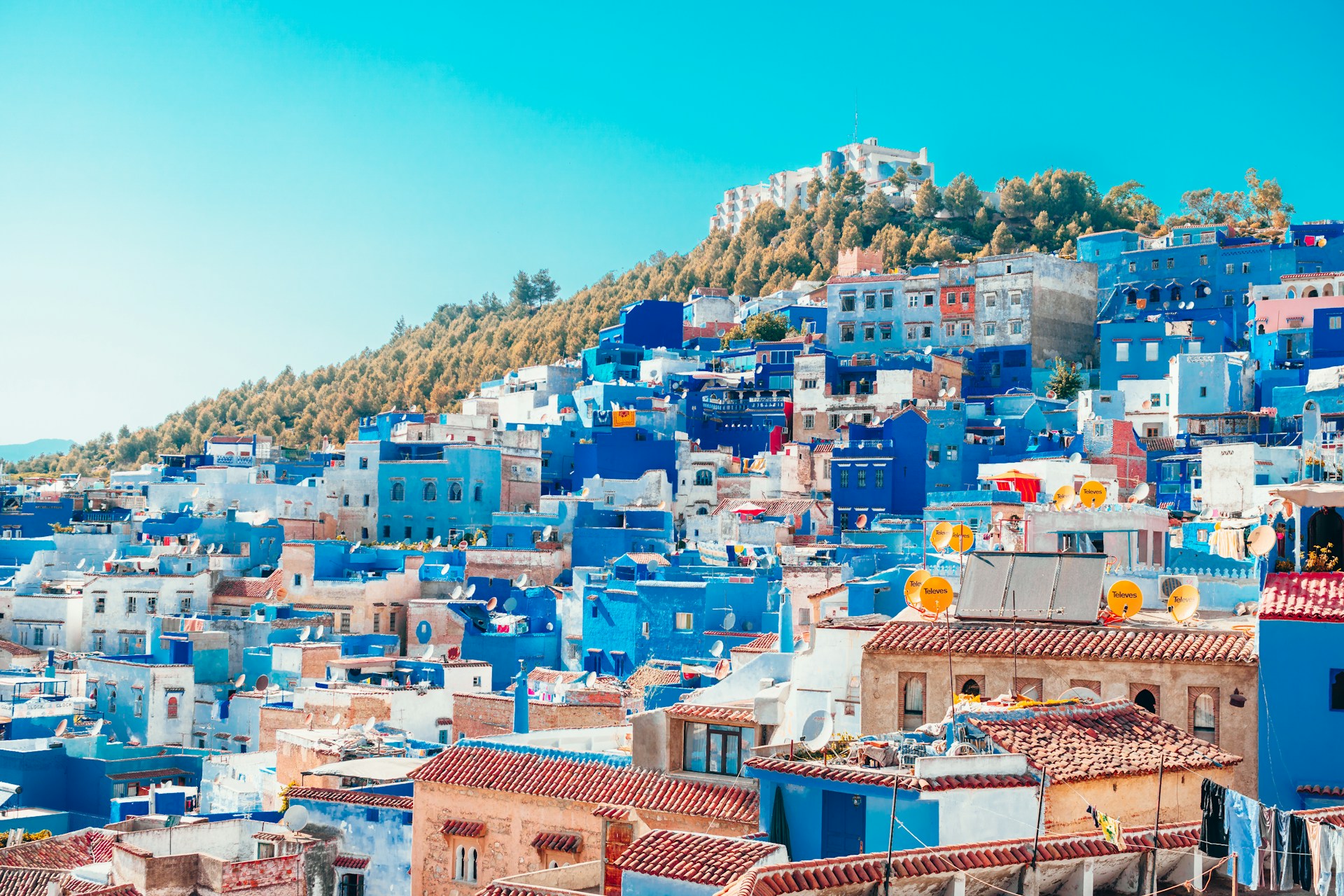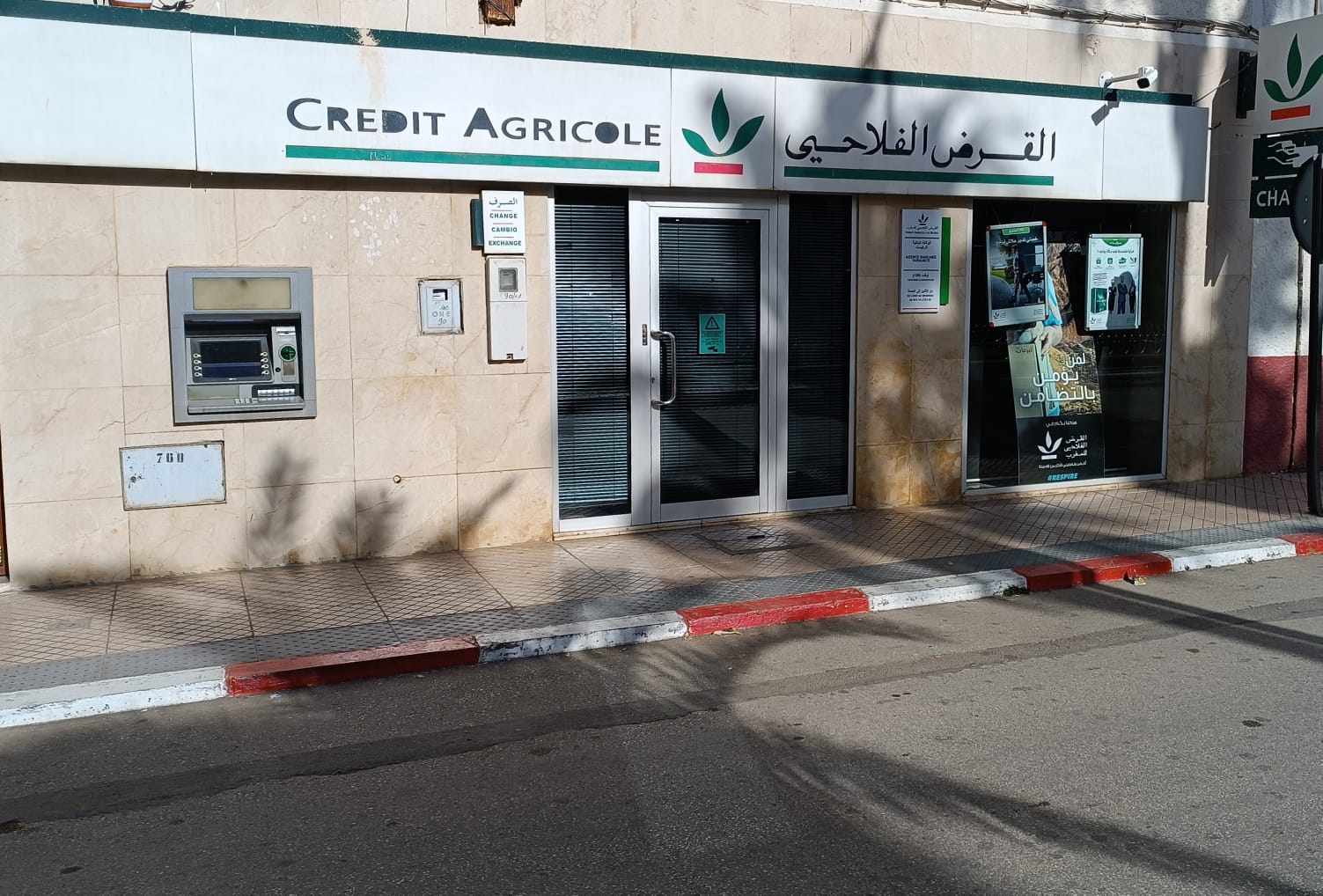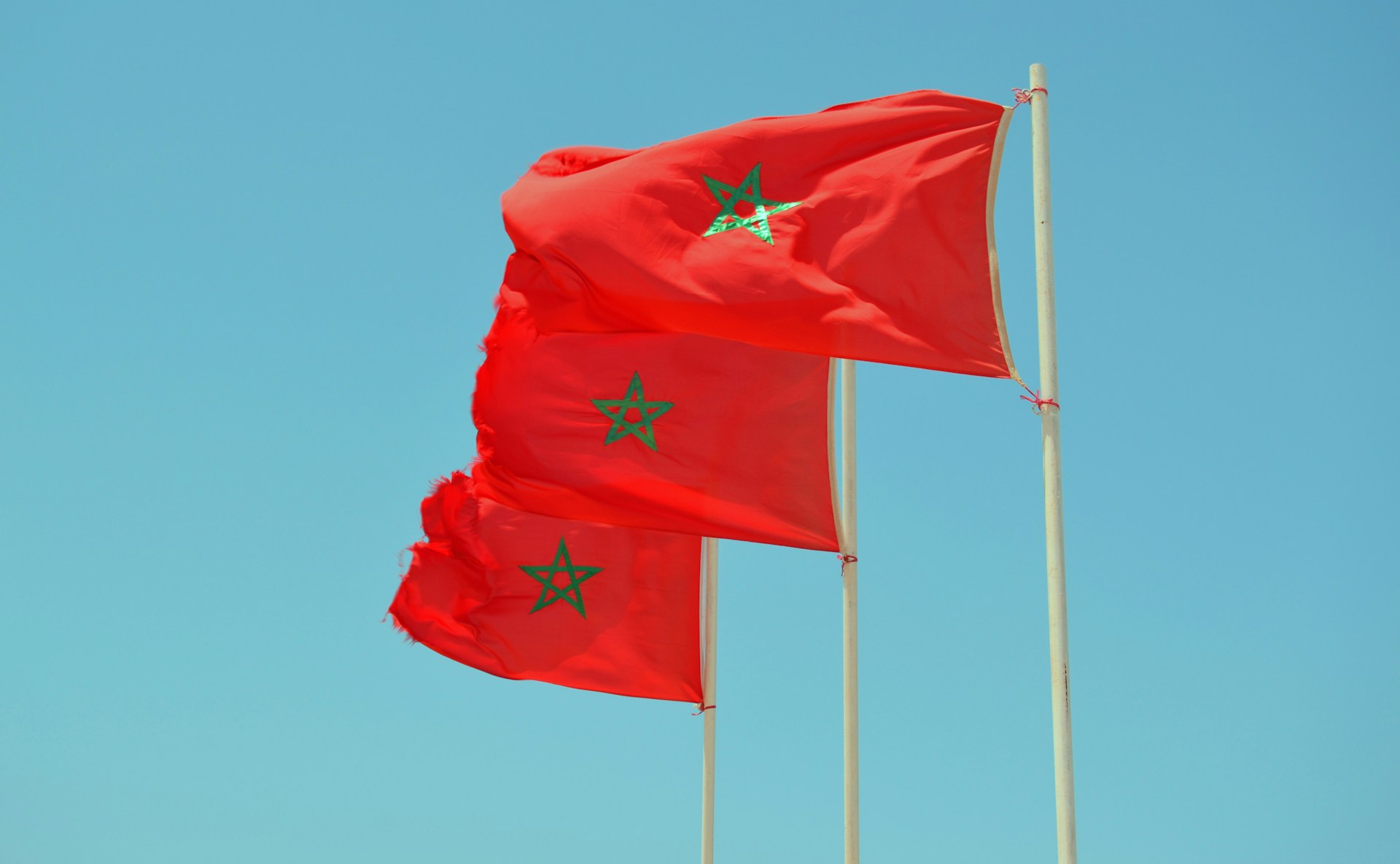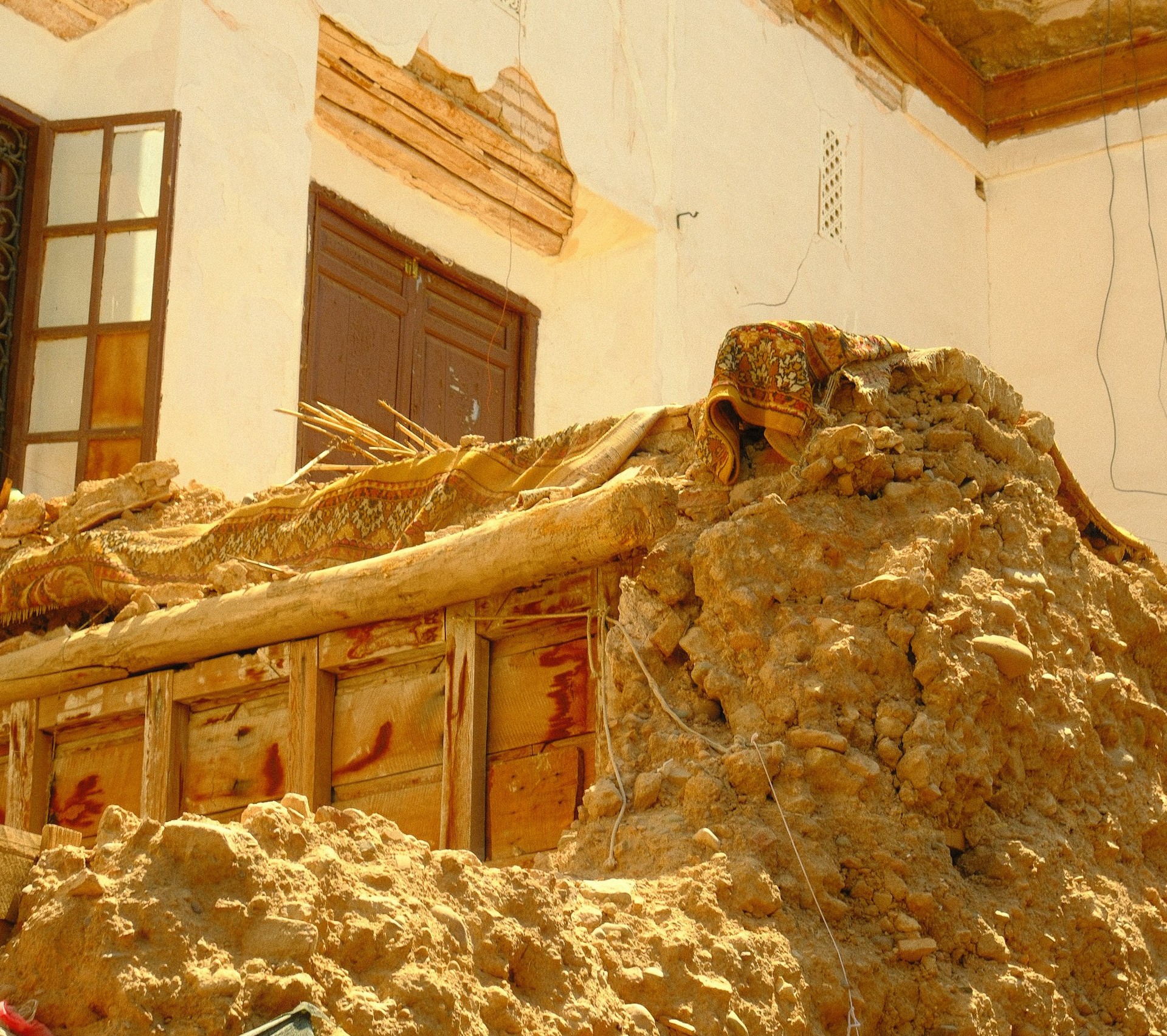Casablanca – In 2024, Morocco’s maritime fishing sector continued to demonstrate its crucial role in the national economy, posting an 6% increase in the value of marketed products, which exceeded $1.08 billion. This growth, coupled with robust export figures, underscores the sector’s resilience despite slight declines in volume compared to 2023.
According to the National Fisheries Office (ONP), (Office Nationale des Pêches), the total weight of coastal and artisanal fishing products reached 1.336 million tons, marking a modest 1% drop from the previous year. Despite this, the sector’s value growth reflects an ongoing trend of economic resilience, with products such as cephalopods and white fish seeing notable increases in their value.
The Mediterranean ports faced a 17% drop in volume, unloading 14,105 tons of products. However, their value surged by 8%, nearing $65.3 million, indicating that the quality of the products, rather than their quantity, was a significant factor in this positive performance. Meanwhile, Atlantic ports experienced a slight reduction in volume by 1% to 1.32 million tons, but their value increased by 6%, reaching nearly $1.03 billion.
A strategic economic pillar
This data highlights the strategic importance of maritime fishing in Morocco’s economy. In 2023 alone, the sector generated over 126,000 direct jobs and produced a remarkable turnover of $3.2 billion from 847,000 tons of seafood exports. It represents 39% of the country’s agro-food exports and 7% of total exports, solidifying its position as an important component of Morocco’s blue economy.
The success of the Halieutis strategy, launched in 2009, has contributed to Morocco’s status as a global leader in sustainable fisheries management. By focusing on innovation, public-private partnerships, and expanding aquaculture, Morocco is securing the long-term viability of its marine resources while diversifying its fishing activities.
Sustainability and future outlook
Looking forward, the future of the maritime fishing sector is anchored in sustainability. The sector’s strategy revolves around adopting advanced technologies, fostering synergies between the public and private sectors, and investing in aquaculture to ensure that the industry remains viable while safeguarding marine resources for future generations.
Morocco’s 3,500 kilometers of coastline and its rich marine ecosystem position the country as a model for sustainable fisheries management, balancing economic growth with environmental stewardship. The ongoing value growth, despite volume reductions, showcases the sector’s ability to adapt and thrive, contributing significantly to the country’s economic development, food security, and international presence.


